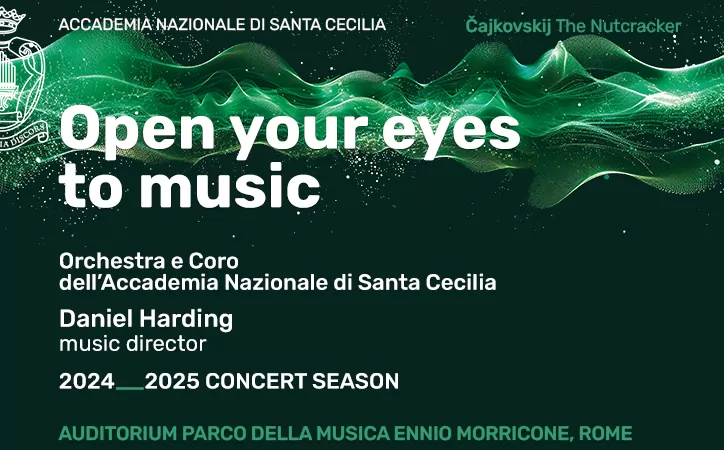James Walston looks at the banking scandal at Monte Paschi di Siena (MPS) and the effect that it is having on the Italian elections.
The article follows below but you can also read it on Walston's blog
In Puccini’s La Bohème, the best aria for the philosopher, Colline is his farewell to his old coat, “ false;" href="http://www.youtube.com/watch?v=_wVrHbnXnsk">vecchia zimarra ”. He will stay below (and freeze) while the coat will climb “the sacred mountain”, the pawnshop, the sacro monte, or monte di pietà.
The oldest bank in the world, the once illustrious Monte de’ Paschi di Siena (MPS) began in 1472 as just that, a fund to help the city’s poor get back on their feet. It very soon became a foundation for the city’s wealth and for more than half a millennium the Monte has shared Siena’s joys and woes.
The Monte scandals now look like overwhelming the Italian election campaign and put Bersani and the Democratic Party’s victory at risk. They are also undermining Italian banks’ so far almost unsullied reputation for reliability.
The MPS is facing two major accusations both in the media and in the last few days also from prosecutors. The first is to have bought the Banca Antonveneta from the Banco Santander in 2007 at a grossly inflated price. Santander had bought the smaller Italian bank two months earlier for €6.6bn and sold it for €9bn, possibly more. There is a strong suspicion that a good part of the extra cost went in kickbacks.
The second problem is that in order to cover the cost of the operation, MPS went into high risk trading and filled its portfolio with toxic assets. These actions may or not be criminal but now a Roman prosecutor is investigating allegations that the bank illegally adjusted interest rates. One whistleblower has told investigators that there was a group of senior executives known as the “5% gang” because of the rake-off they took on the risky transactions.
There are now four prosecution offices looking into MPS, Trani, Rome, Siena and Milan with some high profile witnesses called. This week saw Ettore Gotti Tedeschi being questioned in Siena. Gotti Tedeschi was the president of the Vatican bank, the IOR until being forced to leave last year after allegations that the IOR was contravening European banking regulations. He was also Santander’s representative in Italy. After him was Gabriello Mancini, the president of the MPS Foundation, the actual owner of the bank.
President Napolitano has played fireman twice over the last couple of days, first with a long interview with the editor of the financial paper Sole-24 Ore and then in a ceremony with the Journalists’ Association. He wants to reassure the world and markets that Italian banking is sound and warn the media off from inflating the case. But it’s not an easy job.
The bank itself is in trouble so much so that it has been offered a government loan of almost €4 bn. This will have to be repaid with market interest rates and if it is not, all or part of MPS will be nationalised. The bank’s woes are a serious blow to the city where MPS had acted as a generous milch cow for decades. There wasn’t a social or sporting association or a contrada (the city’s 17 fundamental communities who compete in the twice yearly horse race but which focus the city for the whole year) which had not benefitted from MPS’s largesse. All that has stopped.
If the bank is rotten even partially, then the city’s political institutions cannot escape some taint. Like any public or semi-public institution in Italy, banks have a political colour. Siena has always been a city of the left, Communist and Socialist in the past, Democratic Party (PD) today. Not surprisingly in the middle of an election campaign, that whiff of corruption wafts way beyond the confines of Siena and has been used to hit Bersani and the PD.
For Italy’s banking system in general, if MPS is found to be full of toxic assets, there will be questions about other banks in a system where housing bubbles and junk bonds were supposedly non-existent. The Trani magistrates have already widened their investigations to include the Banca Nazionale del Lavoro, BNP, Intesa Sanpaolo, Unicredit and Credem; they are looking into the possibility of fraud and usury. They are also looking into possible crimes committed by the regulatory agencies from the Bank of Italy and the Italian Banking Association (ABI) to the government and to the stock exchange regulator, the Consob. Even if the watchdogs are not guilty of crimes, there are certainly questions and doubts as to their vigilance and competence. Something untoward has been going on for almost six years and none of them picked it up.
Corriere della Sera’s Sergio Rizzo blamed all of them, including governments past and present, Mario Monti as prime minister over the last year, Giulio Tremonti as economics minister from 2008-11 and the regulators. This is why there has been a surprising silence over the whole affair. Tremonti sniped at his old antagonist, Mario Draghi who was Bank of Italy governor when the problem began but he could not cut deeply for fear of counter attacks about his lack of vigilance when he was in government. Berlusconi’s media swiped at the PD but he himself was silent and Bersani threatened that they would “tear apart” anyone who cast aspersions on the party “someone who abolishes the crime of false accounting cannot accuse others”.
For Puccini’s Bohemians, the “sacred mount” was a temporary salvation but there are problems when it is the Mount itself which is in hock and it will take more than a good aria and an old coat to save the MPS.

















